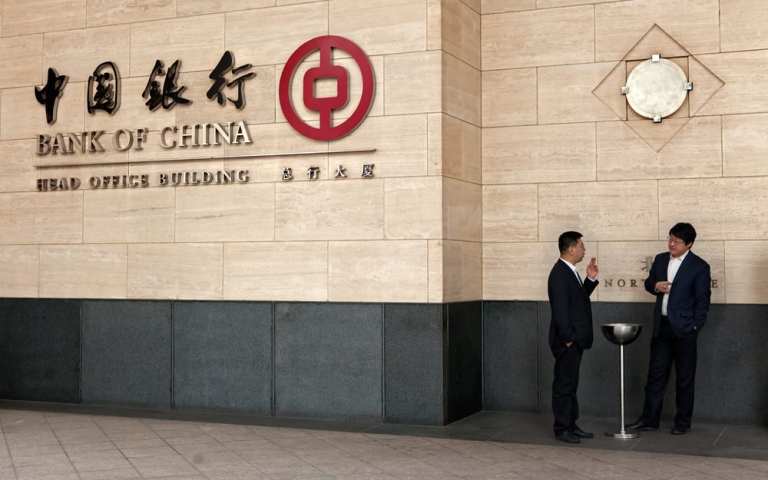
China’s banking regulation is in-flux. As watchdogs ramp up oversight of financial institutions and FinTechs, late last year the China Banking and Insurance Regulatory Commission also announced plans to relax restrictions on foreign ownership of banks operating in the country.
More recently, the CBIRC has expanded on those efforts to open China’s banking sector to foreign competition. In May, the watchdog laid out a dozen additional measures as part of that effort, including ending a policy that required foreign banks to meet certain asset thresholds to operate and establish branches in China.
The CBIRC has also introducing measures that encourage China-based financial institutions to collaborate with foreign financial institutions.
This week, JPMorgan Chase announced plans to take advantage of China’s new position on foreign competition, vowing to go “full force” in the nation. The U.S. bank has secured approval to acquire a majority stake in a Chinese securities joint venture, which, reports in Bloomberg said, Chase plans to take over completely sometime next year when Chinese regulators implement even more rule changes to the banking sector.
According to analysts, JPMorgan’s efforts to take on China’s state-run ICBC — the largest bank in the world — could encourage other foreign competitors to drive into the Chinese market, too. Though, experts say, the dominance of state-run financial institutions is not likely to be easily challenged in China.
JPMorgan will reportedly have to pay a significant premium on the 2 percent stake in its joint venture coming up for sale by its owner Shanghai International Trust, the acquisition of which would land JPMorgan with a 51 percent ownership in the venture. Reports in CNN Business said that premium reflects the challenges that foreign market entrants face despite China’s efforts to open the sector.
And while the CBIRC is opening more doors than ever for foreign financial institutions to stake their claim of the Chinese market, watchdogs continue to add policies in support of state-run institutions.
Last month, for instance, the People’s Bank of China announced several measures designed to support small and medium-sized banks following previous initiatives to give a boost to lending to smaller private firms in the country. The central bank is enticing lenders to boost small business lending with the rollout of a medium-term lending facility which, it said, would provide a “long-term stable source of funding for financial institutions based on the growth of their loans for small and private firms.”
Last December, the central bank vowed to enact “prudent and neutral” monetary policy to promote the strength of China’s banking industry.
March saw the CBIRC’s newest guidelines aimed at helping banks increase their lending to smaller companies, signaling the country’s focus on strengthening the national economy through SMB lending and, as a result, by bolstering its banking industry. The CBIRC is encouraging lenders to grow their SMB loan portfolios by 30 percent by the end of the year, and has relaxed limitations on lenders’ non-performing loan ratios for their small business loans.
It’s too early to tell how foreign financial institutions like JPMorgan Chase will disrupt China’s banking sector — and how that foreign competition might affect the impact of national policy to strengthen small business lending. That doesn’t even take into account FinTech’s opportunity to transform China’s SMB lending sector, either, with top players like MYbank, owned by Jack Ma, having already lent $290 million to small businesses, Bloomberg reported earlier this week.
Regardless, it’s clear that China is staking its bets on supporting small businesses to ramp up the economy, a goal dependent on injecting competition into the bank sector — whether from FinTech rivals or foreign players.